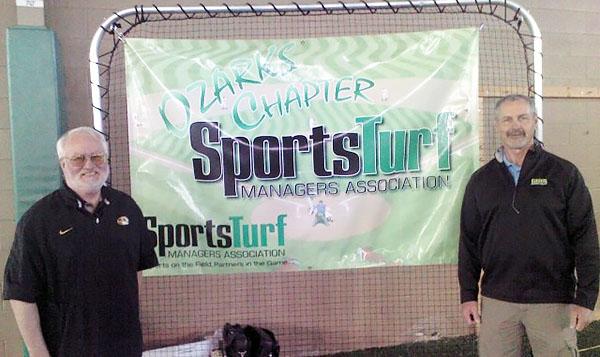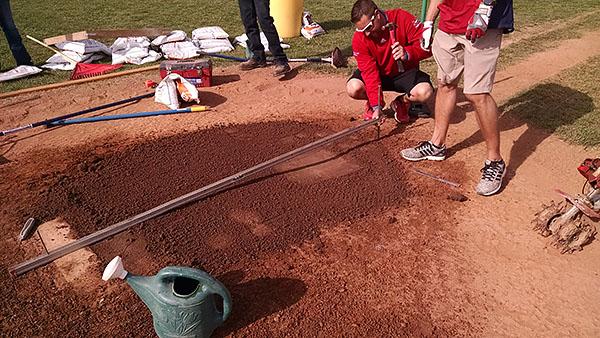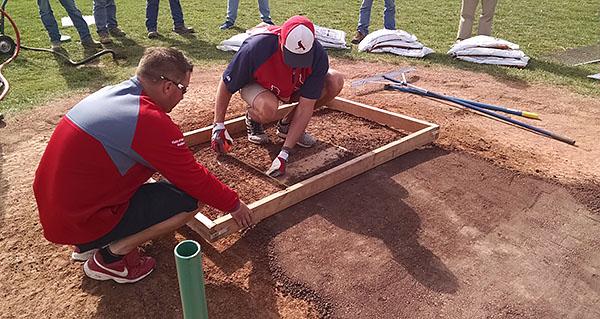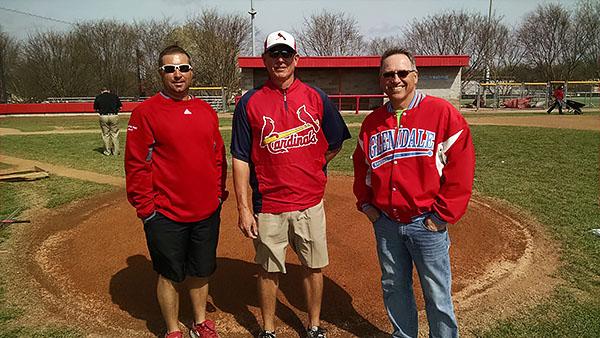It Pays To Belong...
Many, if not most of us Green Industry professionals belong to professional associations or groups, and maintain professional certifications in those groups. In my case I am a Certified Arborist, Municipal Specialist with International Society of Arborists (ISA), and a Certified Grounds Manager with Professional Grounds Managers Society (PGMS). I also participate in the Missouri Community Forestry Council (MCFC). We are also usually required to maintain licenses that give us credentials. Here in Missouri, as in other states, I must maintain a Public Operators License for Turf & Ornamentals, plus Right of Way, through the Mo. Department of Agriculture, to apply pesticides. As a head groundskeeper at a university, I frequent several other organizations (civic, academic, etc.) at some level. And of course my participation in TurfNet qualifies as professional involvement.
Benefits of Belonging
Several benefits come along with professional affiliation or certification. The first is credibility. Being certified allows the people you deal with to understand you have authority and expertise. The most reputable credentialing is not easy to attain. Thresholds for experience plus education, measured by written exams and vocational case studies, illustrate that we know what we are practicing. Another aspect to certification is ongoing education. Most green industry certification requires continuing education units (CEUs). These CEUs can be earned at seminars, classes, training events, etc. but require participants to stay in tune with what is current in their industry. In my experience, CEU requirements have definitely made me a better-rounded groundskeeper by opening my eyes to new ways of looking at my practices. CEUs have also given me new found information I wouldn't have been exposed to otherwise.
Expert Advice
The next certification I am pursuing is a Certified Sports Field Manager (CSFM) through Sports Turf Managers Association (STMA). To this end I have joined STMA and attend regular meetings/training events through the local Ozarks group. Recently we had a training event at Hammons Field here in Springfield, home of the Double-A Springfield Cardinals, a St. Louis farm team. At this event we heard from Dr. Brad Fresenburg, University of Missouri Turf, and Tom Burns, Ewing Irrigation Sports field expert (former MLB groundskeeper). The knowledge that these two professionals shared is simply unavailable in any other way. Hearing from them takes us directly to hard earned information thereby shortening the learning process.

Dr. Brad Fresenburg (left), MU Turf, & Tom Burns, Ewing Irrigation sports field expert and former MLB groundskeeper
Dr. Fresenburg talked about various cultural means of turf management and a trend toward artificial turf (synthetic grass is even showing up on golf courses). Tom Burns talked about baseball field maintenance. He also recounted several of the subtleties that a groundskeeper can tweak such as soft dirt in front of home for knuckleball pitchers or pitching mound adjustments. But he also stressed that a fair field for both teams is the goal. Much information was shared and when you hear these pros, you know you can trust their knowledge and take it back to your operation.
Bringing The Benefit To Life
At this STMA seminar they gave away door prizes to those in attendance. The grand prize was a complete, all-expense paid, pitchers mound rebuild. When the emcee asked who needed a new mound I was the only one who raised a hand (I don't know why no one else wanted one). This saved us from having to draw for the prize, and I was the happy, if not lucky, winner. Since we had recently rebuilt the mound at Meador Stadium, where the D-II Drury University Panthers play, I donated the rebuild to Glendale High School, where my freshman son plays baseball.
The mound rebuild was overseen by Springfield Cardinals Head Groundskeeper Brock Phipps and Assistant Derrick Edwards. The process was straightforward, but included many steps that most people might not be aware of. The mound was swept to get to clay, the drop towards home established with a template as was the table (a 3x5 flat area around the rubber), then over a ton of mound clay was spread, formed and tamped to solidify it (this was the most physically demanding part). While not quite a golf green in terms of overall intensity of culture, it was still intense. It was eye-opening to consider the expertise and effort that would be required to meet the expectations of a college or pro pitcher's mound. Mounds require attention after every game too.

Establishing the drop towards home with leveling template and clay.

Forming the "table" and surround slope.

Finished product and satisfied customer- L-R Springfield Cardinal Asst Derrick E., Springfield Cardinal Head Groundskeeper Brock P., and Glendale HS head Coach Mike S.
Keep Learning
I think most people are surprised to discover how much green industry professionals are required to know. Putting a successful course or ball field together requires more than mow, blow and go and a little weed 'n feed. Certification, professional discussion with experts or peers, plus a healthy dose of CEUs will always benefit us. They may also get you a new pitchers mound.



0 Comments
Recommended Comments
There are no comments to display.